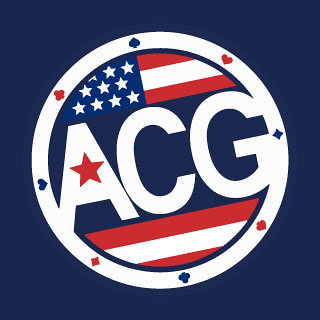We all know what playing cards look like. To many, they’re an essential to have in the house, used for all manner of games.
Of course, we all know their main purpose too - gambling. They’re a staple of any casino, both offline and online on sites like Casino777, in fact. All card games, such as blackjack, poker and baccarat are played with the same cards these days, with exactly the same suits and exactly the same images on the face cards. But they didn’t always look that way.
In fact, playing cards have a rather long history prior to the deck of 52 we know and love today. Intrigued? We thought you would be…
Playing Cards in the East
While the origins of playing cards are often hotly debated, it is generally the consensus these days that they go back a long way, all the way back to the 9th century AD and ancient China. It’s believed that there is evidence of some form of card game being played during the Tang dynasty.
One theory is that cards first operated as “play money” for other gambling games before becoming part of the game themselves, but even then the history is all a little sketchy and the cards themselves are pretty far removed from the ones we have today.
Playing Cards in Europe
It’s the playing cards in Europe that start to resemble the playing cards we have today. Going back to 1377, there’s a mention of playing cards in manuscripts which claims several different card games were played, many appearing alongside dice games. At this point there is also clear evidence that there was a 52-card deck existing.
At that point, the suits were swords, clubs, cups and coins with these originating in Italy, with many Italian cards still using these.
As we move through the decades, playing cards then begin to become more common, particularly with the upper classes and as production of them began to get cheaper they started to seep into more working-class families, then beginning to spread rapidly, with the Germans and French particularly keen on the pastime.
It was in France where the suits we know today were developed in the 15th century, while the French also started to divide the suits into two black and two red colours, with simplified symbols, making production even more clear and even quicker.
Further Spread in Europe
The spread across Europe continued and they reached Belgium before crossing the Channel to England. It was here that the Ace of Spades became such a prominent card, different to all the other aces. The reason for the large spade on the design is because any deck that passed through England would be stamped due to taxation laws. And the design has remained that way ever since.
It was Brit Thomas de la Rue who then designed the cards to look much like they do today in around the 1860s, and at a similar time they also began to become double ended, so there was no need to turn the cards around and potentially reveal your card to your opponent.
Welcome to the USA
It was around this point that playing cards had a more challenging journey than the Channel and sailed their way right across the Atlantic to the USA. Despite us commonly associating playing cards with the likes of Las Vegas or the riverboats of Mississippi, playing cards were relatively late to the United States in terms of their history.
American manufacturers began to make this in bulk and it was actually the Americans that would introduce the Jokers to the back. Initially known as “the best bower”, they were designed as a trump card or wild card and began to be introduced to games like poker in around 1875.
It’s at this point that very little has changed since then. The standard deck found its place in our hearts, and while we’ll occasionally see whacky designs, the modern deck has been played with for around 150 years and will likely be enjoyed for another 150 and even beyond.






